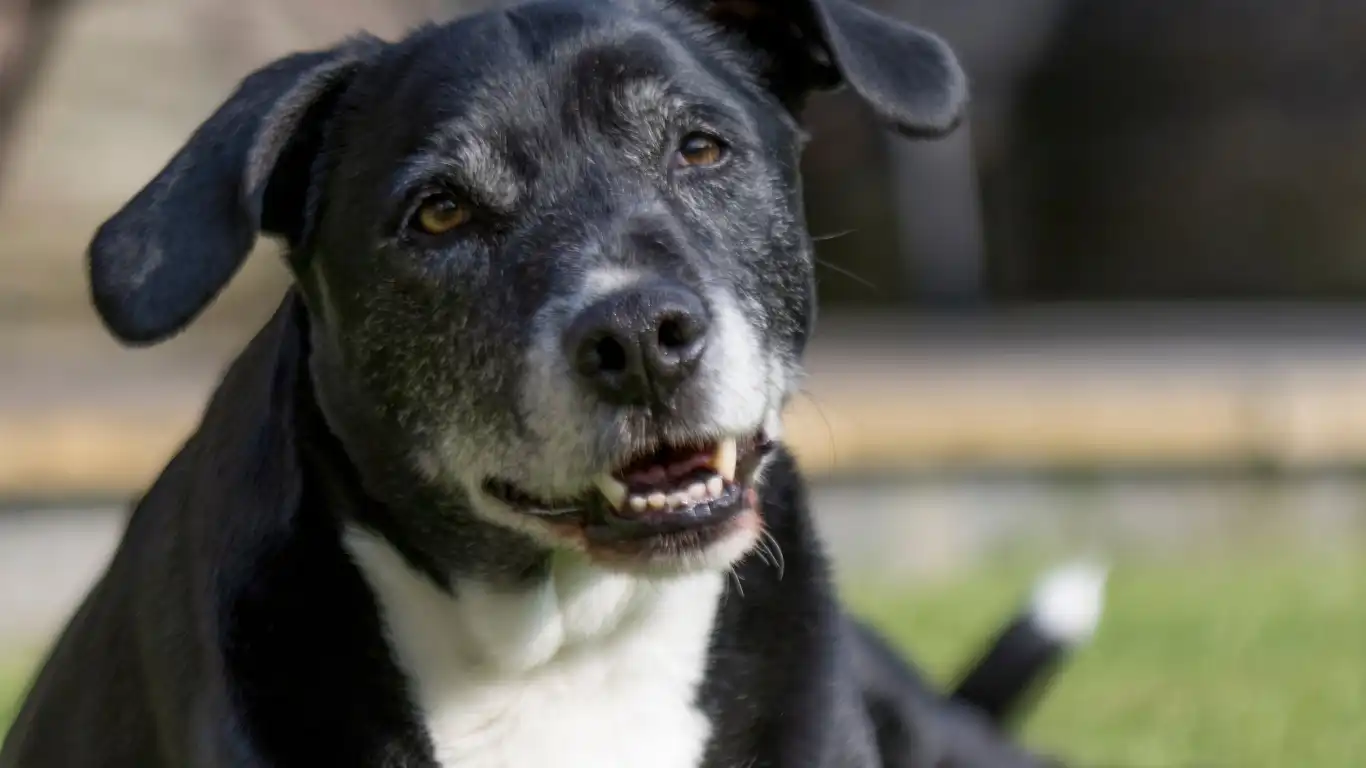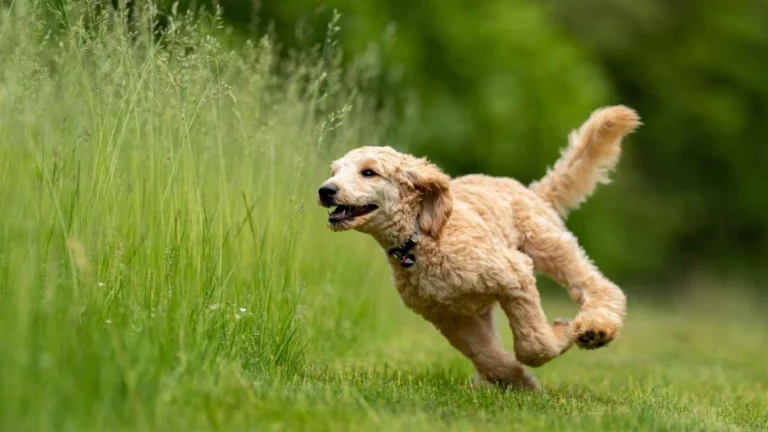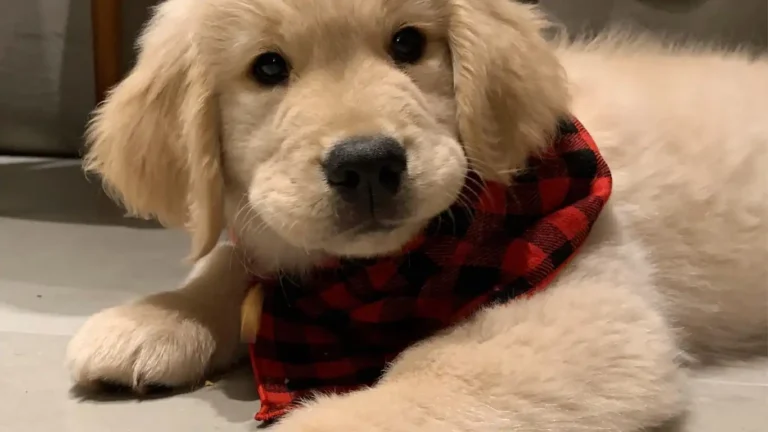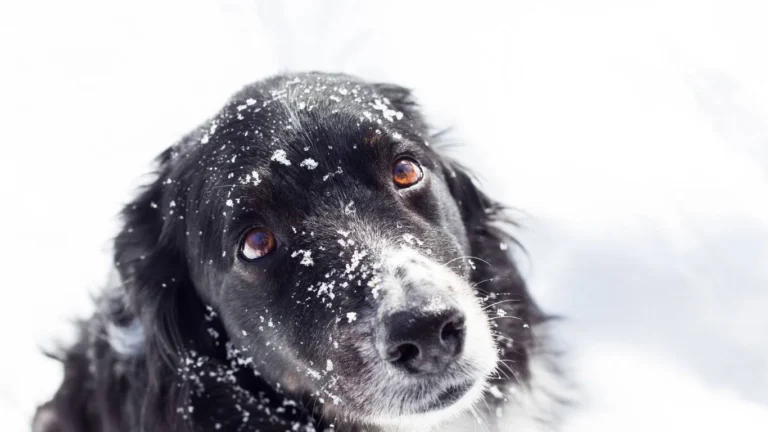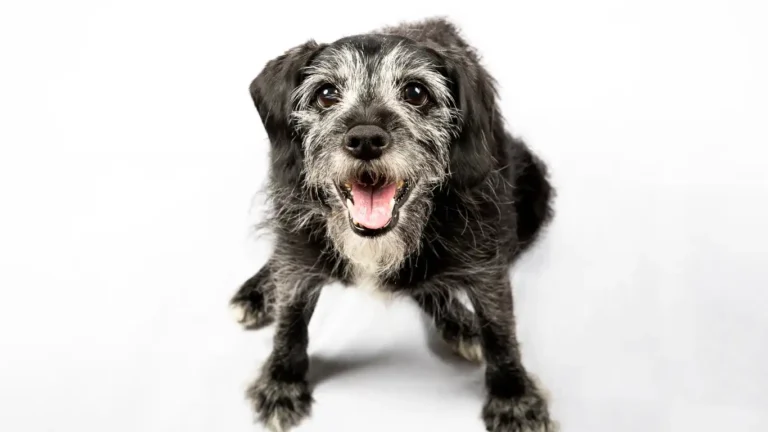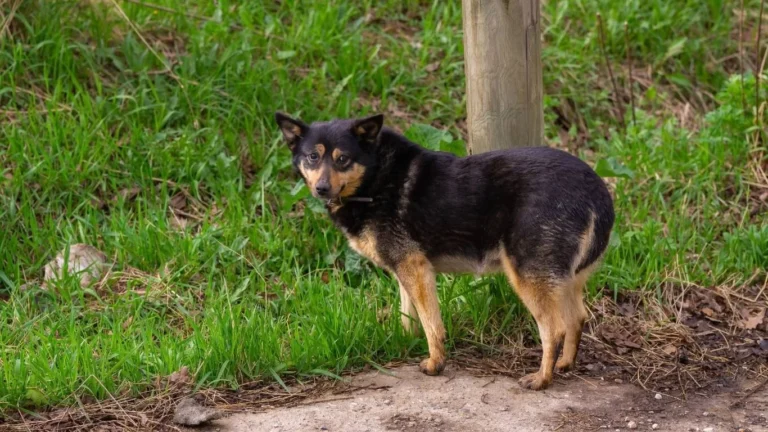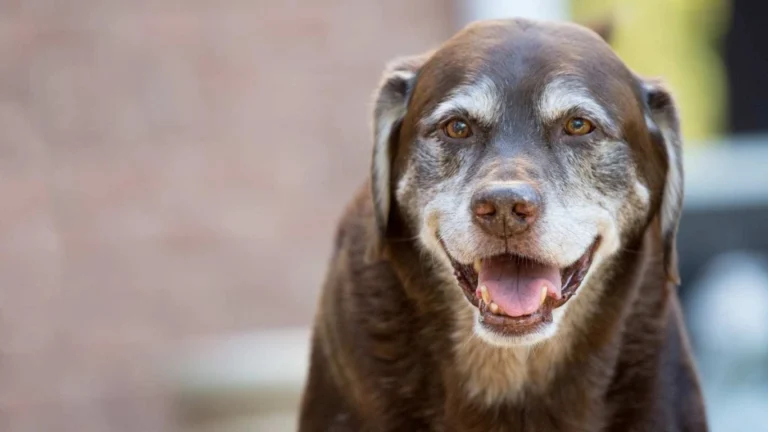Dog Swallowed Something Sharp? Here’s What to Do Right Now!
Dogs are naturally curious—and that curiosity often leads them to eat things they shouldn’t. If you’re here, you’re probably in a panic because your pup just swallowed something sharp. Take a deep breath. As a pet nutritionist and pet care expert who’s worked in veterinary clinics, I’ve seen my fair share of dogs getting into trouble with foreign objects. Let’s break down what to do if a dog eats something sharp, so you can take the right steps quickly.
How Dangerous Is It If a Dog Eats Something Sharp?
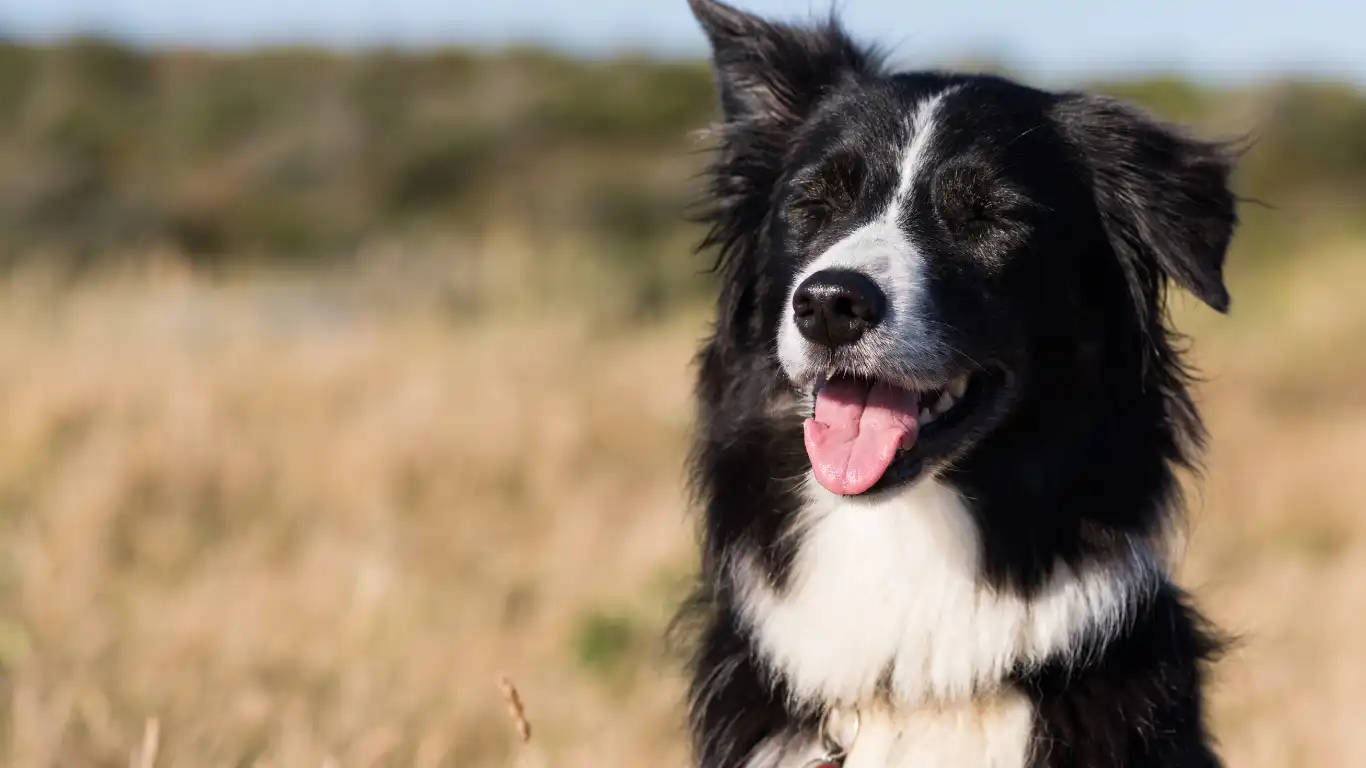
The severity of the situation depends on a few factors: the size and shape of the object, your dog’s size, and whether it has sharp edges. Sharp objects can puncture or tear the digestive tract, causing serious complications like internal bleeding or infection.
Common Sharp Objects Dogs Swallow
- Cooked bones – These splinter easily and can puncture the intestines.
- Plastic or metal shards – Pieces from broken toys, chewed-up plastic, or even razor blades.
- Needles, fish hooks, or sewing pins – Extremely dangerous due to their pointed edges.
- Wooden sticks – Can splinter and cause blockages or punctures.
Signs That Your Dog May Be in Trouble
If your dog ate something sharp, monitor them closely for signs of distress. Symptoms can take time to appear, so even if your pup seems fine initially, you should still take precautions.
- Excessive drooling or gagging – This could indicate something is stuck in their throat.
- Vomiting or refusing food – A sign that something is blocking or irritating the digestive tract.
- Abdominal pain or swelling – Your dog may be hunched over, whining, or reluctant to be touched.
- Blood in stool or vomit – This is a major red flag for internal injury.
- Lethargy and weakness – If your normally energetic pup seems drained, it could indicate a serious problem.
Immediate Steps to Take
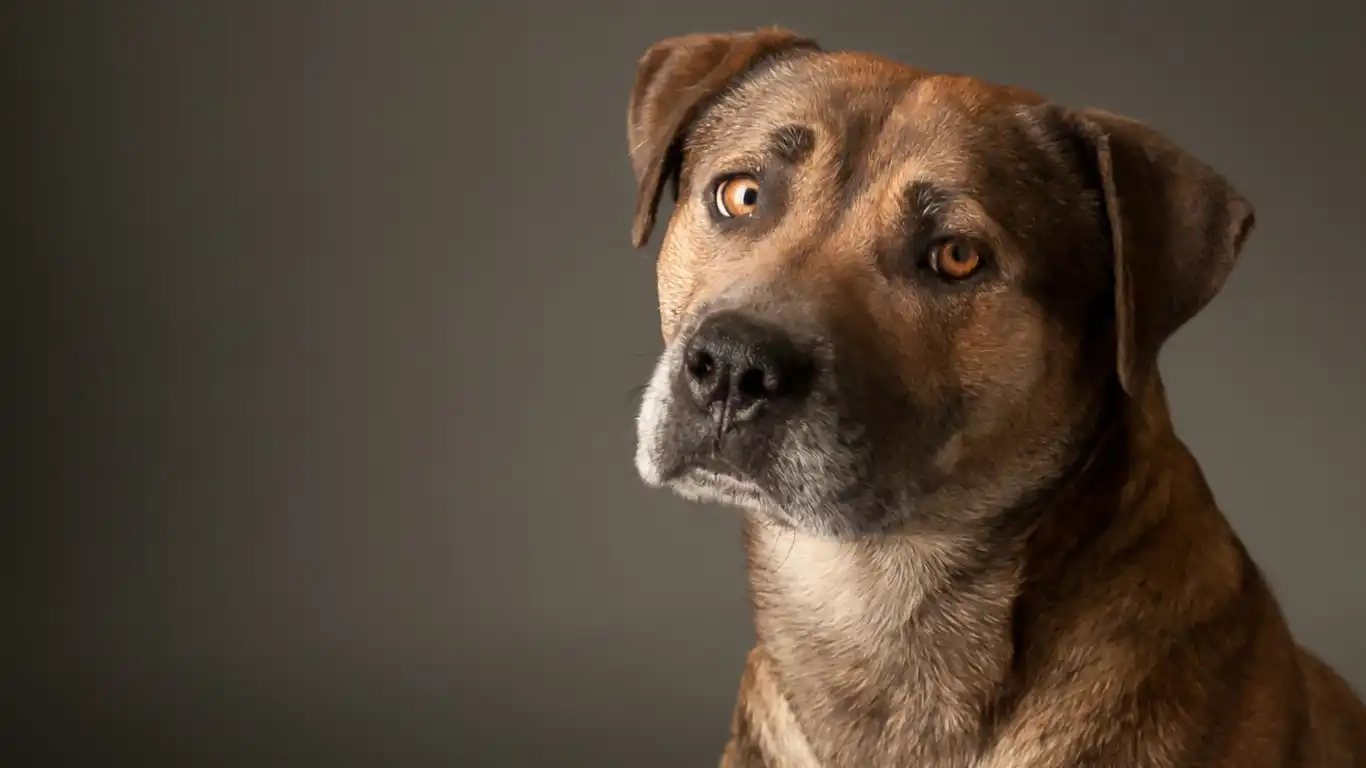
So your dog just swallowed something sharp—what now? Here’s what you should (and shouldn’t) do.
Step 1: Stay Calm and Assess the Situation
Panicking won’t help, and your dog will pick up on your stress. If you saw your dog swallow the object, try to determine what it was and how large it might be.
Step 2: Do Not Induce Vomiting
Unlike with some toxic foods, making your dog throw up can be extremely dangerous in this situation. The sharp object could cause damage on the way back up.
Step 3: Call Your Veterinarian Immediately
Even if your dog seems fine, contact your vet. They may recommend bringing your pup in for an X-ray or other imaging to see where the object is and if intervention is necessary.
Step 4: Monitor Your Dog Closely
Watch for any changes in behavior, stool, or appetite. If your dog starts showing symptoms like vomiting, lethargy, or blood in their stool, seek emergency care right away.
Can a Dog Pass a Sharp Object on Its Own?
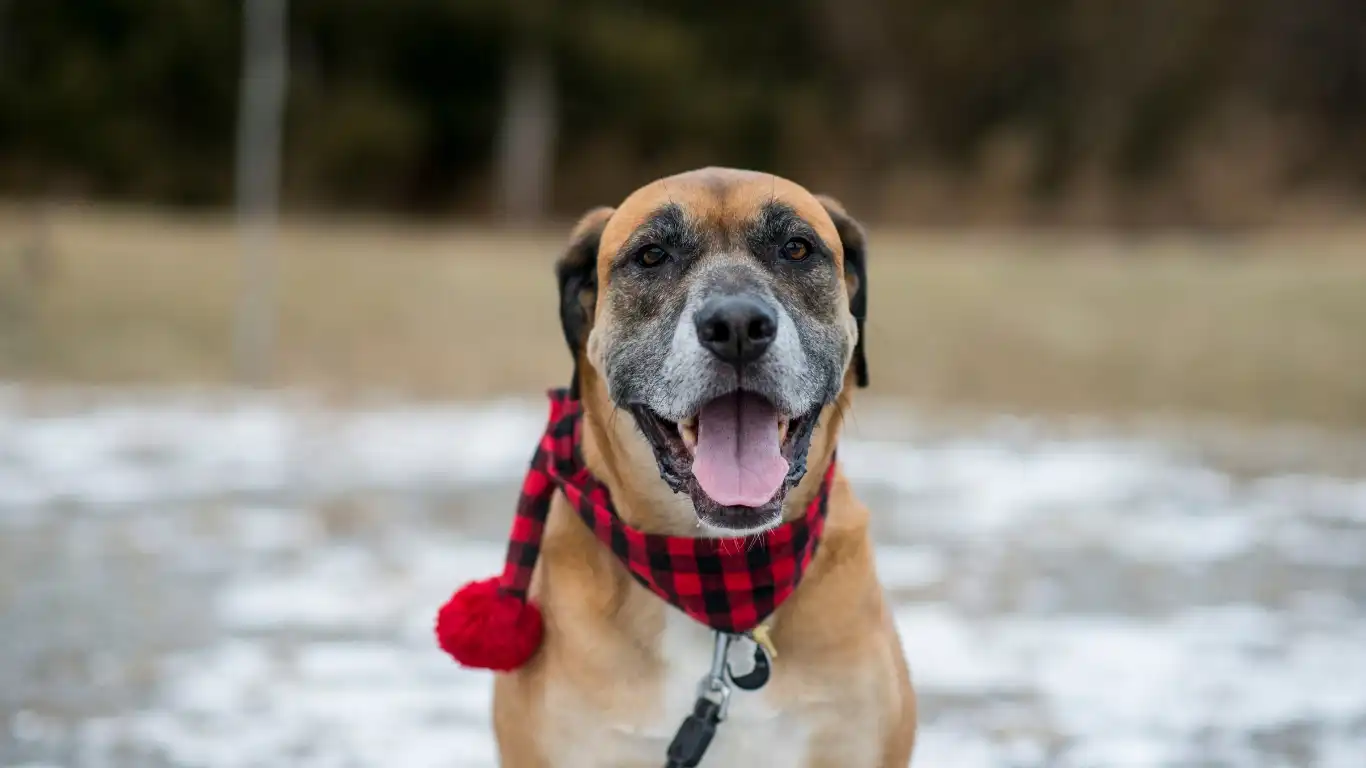
Sometimes, small, smooth objects may pass through your dog’s digestive system without causing harm. But if the object has sharp edges, there’s a risk of puncture. Your vet may advise feeding bulky foods like pumpkin or bread to help cushion the object, but this should only be done under veterinary guidance.
As someone who’s worked in a vet clinic, I’ve seen cases where dogs miraculously passed foreign objects on their own—but I’ve also seen emergency surgeries to remove life-threatening obstructions. It’s always better to err on the side of caution and get professional advice.
When Should You Take Your Dog to the Vet?
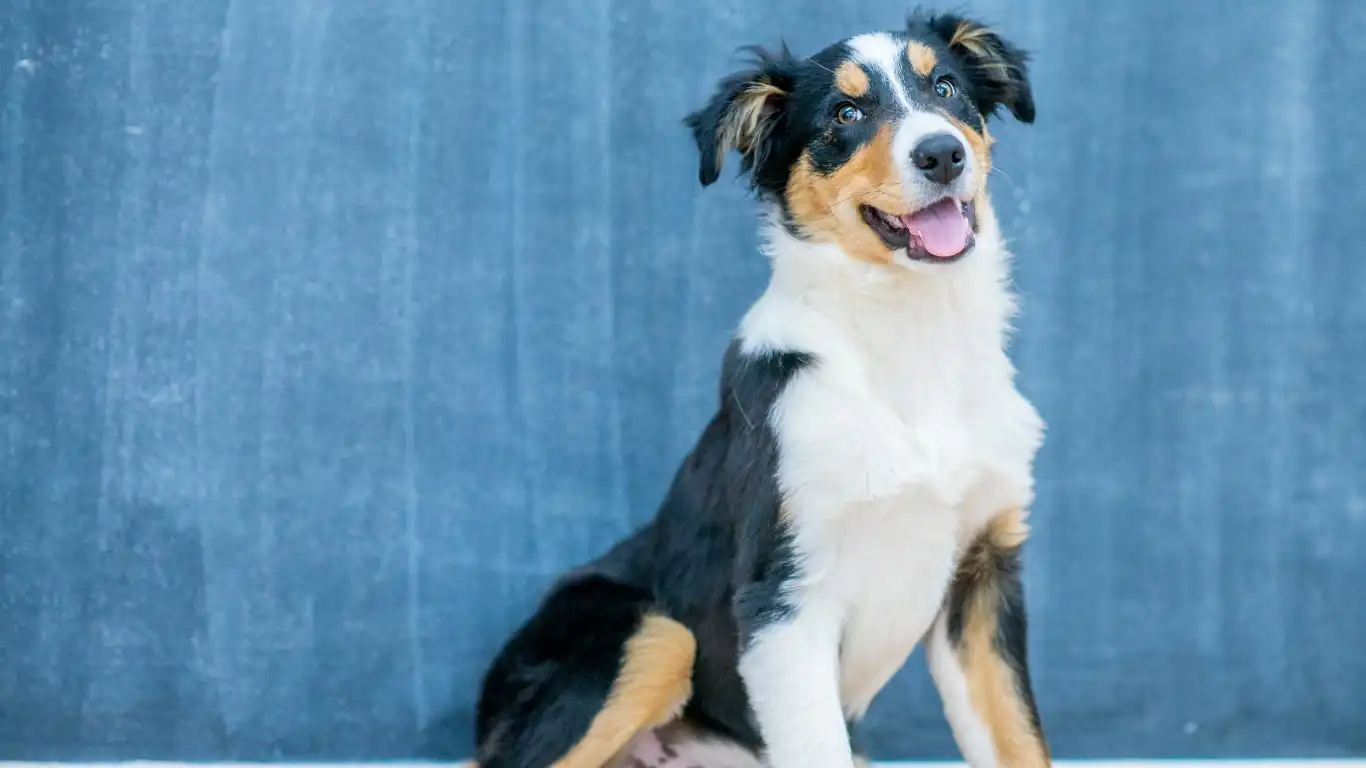
Not every case of a dog eating something sharp results in an emergency, but when in doubt, a vet visit is always the safest option. Some situations absolutely require immediate medical attention, and waiting could put your pup in serious danger.
Signs Your Dog Needs Emergency Care
While some sharp objects may pass without issues, others can cause dangerous internal injuries. If you notice any of the following, get to a vet immediately:
- Severe vomiting – If your dog can’t keep anything down or is throwing up blood.
- Bloody stool – Indicates internal bleeding or damage.
- Straining to poop – A sign that an object is causing a blockage.
- Extreme lethargy – If your dog is unusually weak or uninterested in their surroundings.
- Painful abdomen – If your dog yelps when touched or their belly is bloated and hard.
I’ve seen cases in the vet clinic where a small sharp object, like a splintered bone, caused no immediate symptoms, only for the dog to develop a serious infection days later. So, even if your dog seems fine, it’s better to be proactive.
What Will the Vet Do?
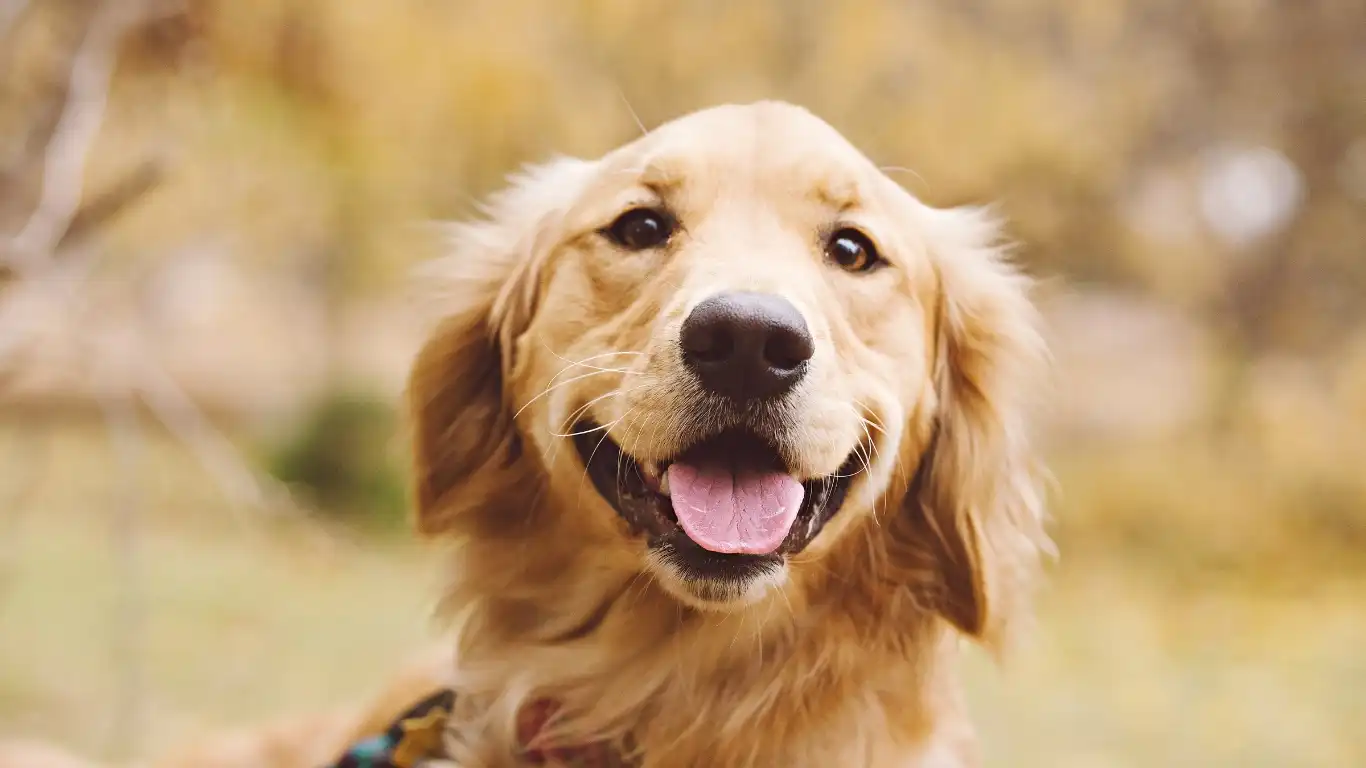
Depending on the size and type of the object, the vet will take a few different approaches. In some cases, medical intervention is necessary, while in others, close monitoring might be all that’s needed.
Diagnostic Tests
To determine where the object is and if it’s causing damage, the vet may perform:
- X-rays – To see metal objects, bones, or larger foreign materials.
- Ultrasound – If the object isn’t clearly visible on an X-ray.
- Endoscopy – A tiny camera inserted into the digestive tract to locate and sometimes retrieve the object.
Treatment Options
Once the vet determines the severity, they may recommend one of the following:
- Induced vomiting or endoscopic removal – Only if the object hasn’t passed into the intestines yet and is safe to retrieve.
- Monitoring with dietary adjustments – Sometimes, the vet will advise feeding soft, bulky foods like pumpkin or bread to help cushion the object.
- Surgery – If the object is lodged, puncturing tissues, or at risk of causing an obstruction, emergency surgery may be required.
While surgery sounds scary, I’ve seen many dogs make a full recovery after an obstruction removal. The key is catching it early before complications arise.
How to Help Your Dog Pass a Sharp Object Safely
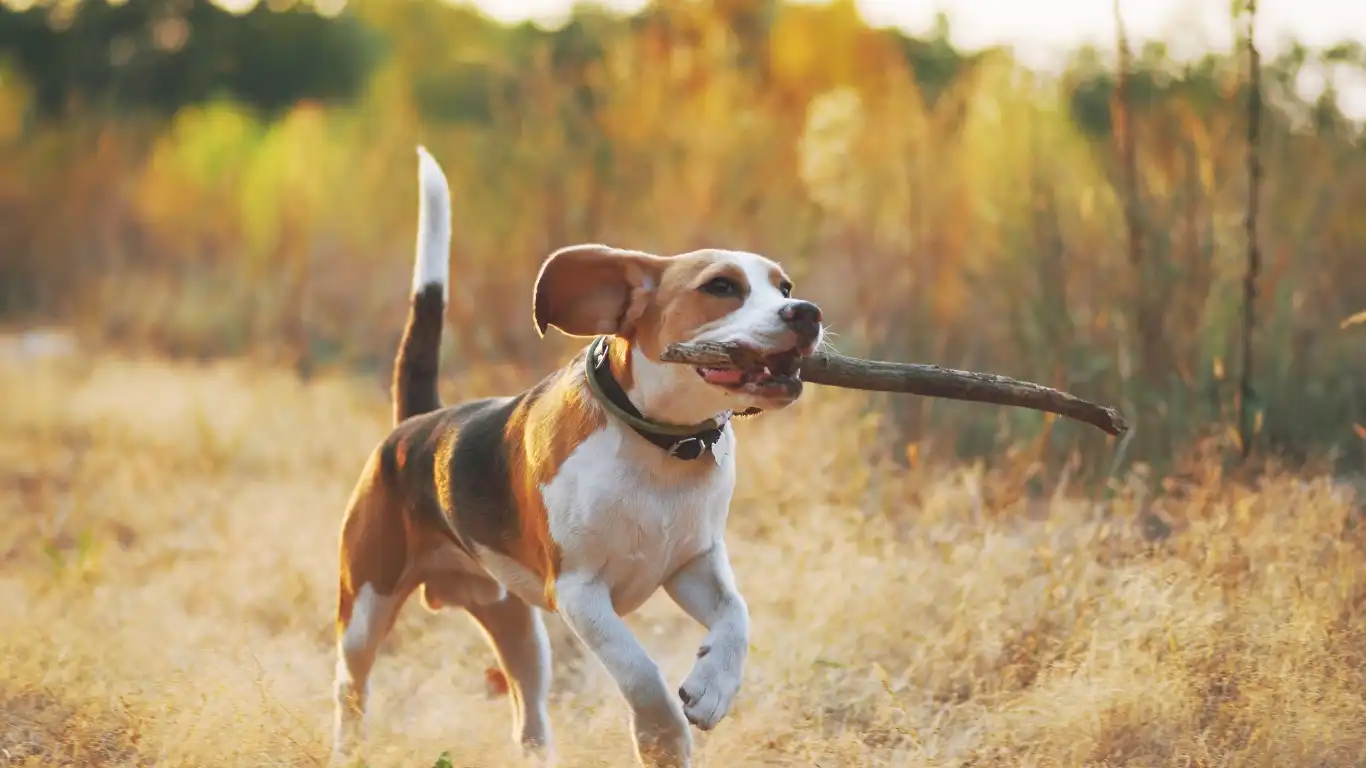
If your vet determines that the sharp object might pass naturally, they may give you guidelines to help your dog through the process. This isn’t something you should attempt on your own without veterinary approval, but here are common recommendations:
What to Feed Your Dog
Some foods can help cushion the object and reduce the risk of injury as it moves through the digestive tract.
- Plain pumpkin – High in fiber and softens stools.
- Mashed sweet potatoes – Gentle on the stomach and aids digestion.
- Soft bread – Can help coat sharp edges, but should be given in moderation.
- Rice or oatmeal – Helps bulk up stools for easier passage.
What to Avoid
Not all foods are safe when your dog has swallowed a sharp object. Avoid:
- Dry kibble – Hard and may not provide cushioning.
- High-fat foods – Can slow digestion and make things worse.
- Fibrous vegetables – While fiber is good, raw veggies can be tough on the stomach.
During my time in veterinary clinics, I’ve had cases where simple dietary adjustments helped dogs pass foreign objects safely, but I’ve also seen situations where waiting too long led to life-threatening complications. If your vet suggests monitoring, follow their guidance closely.
Case Studies & Real-Life Examples
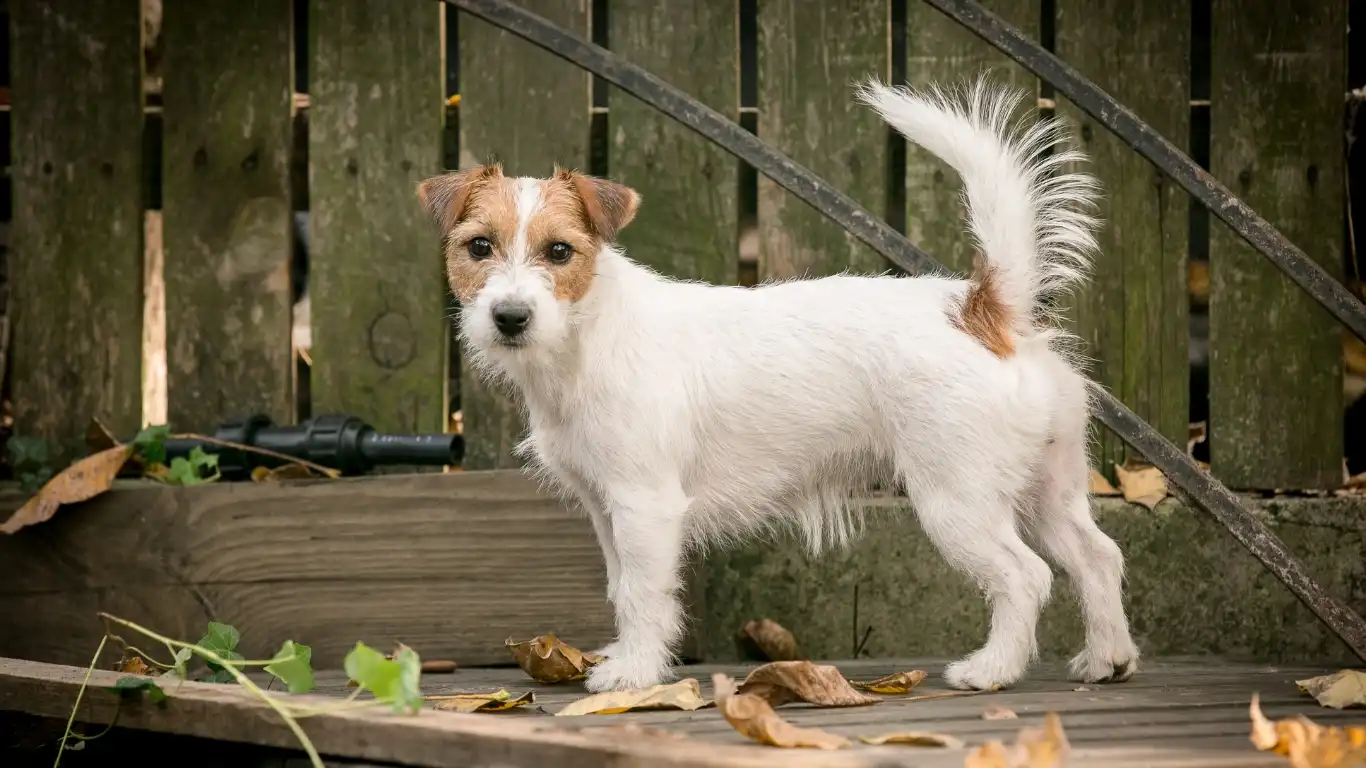
Sometimes, hearing real-life experiences can help put things into perspective. Over the years, I’ve encountered numerous cases where dogs swallowed sharp objects—some ended well, while others served as cautionary tales.
The Lucky Escape: Max’s Story
Max, a five-year-old Golden Retriever, got into his owner’s trash and swallowed a piece of broken plastic. His owner, noticing right away, rushed him to the vet. X-rays showed the plastic was still in his stomach, and an endoscopic procedure was performed to remove it before it could move further down. Max went home the same day—no surgery needed!
A Close Call: Bella’s Experience
Bella, a small Yorkie, ate a tiny fish hook while her owner was prepping bait for a fishing trip. The hook made it into her intestines before anyone noticed. She became lethargic and started vomiting, prompting an emergency vet visit. Unfortunately, the hook had punctured her intestine, requiring surgery. Thankfully, she recovered well, but it was a stressful and expensive ordeal.
The Unfortunate Outcome: Rocky’s Lesson
Rocky, a Labrador, swallowed a cooked chicken bone while his owner was distracted. Thinking he’d pass it naturally, they monitored him for two days. When he started showing signs of internal bleeding, it was too late—he had developed peritonitis, a life-threatening abdominal infection. Despite emergency surgery, he didn’t make it. This tragic case highlights the importance of acting fast.
Key Takeaways: What You Need to Remember
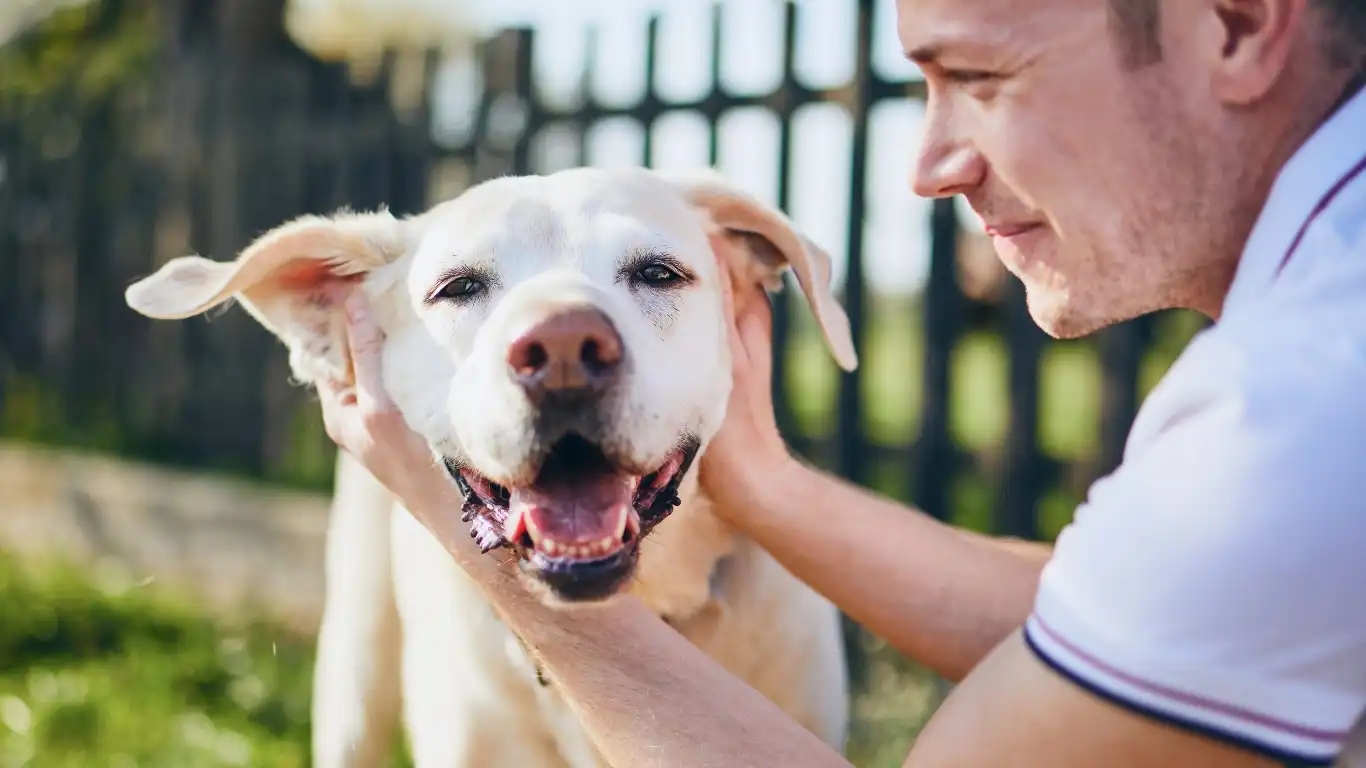
To wrap things up, here are the most important things you should take away from this guide:
- Never induce vomiting if your dog swallows something sharp—it could cause more harm.
- Call your vet immediately, even if your dog seems fine. They can guide you on the next steps.
- Monitor for symptoms like vomiting, lethargy, or blood in stool—these are red flags.
- In some cases, sharp objects can pass naturally, but only under a vet’s supervision.
- Prevention is key—keep dangerous objects out of reach and train your dog to avoid chewing on unsafe items.
FAQs
Can a dog poop out something sharp?
It’s possible, but risky. If the object is small and smooth, it might pass on its own. However, sharp edges increase the risk of tears, so veterinary monitoring is essential.
How long does it take for a dog to pass a foreign object?
Typically, it takes between 24 to 48 hours for something to pass through the digestive system. However, if your dog shows any symptoms of discomfort, don’t wait—go to the vet.
What should I do if my dog swallowed glass?
Glass is extremely dangerous. Do not wait—seek veterinary care immediately. In some cases, feeding bulky food may help coat the shards, but only under a vet’s guidance.
Bonus: Additional Resources or DIY Tips
Want to keep your dog safe from swallowing dangerous objects? Here are some proactive steps:
- Train the “Leave it” command – This can prevent your dog from grabbing unsafe items.
- Supervise chewing habits – Avoid cheap toys that break easily or cooked bones that can splinter.
- Dog-proof your home – Keep hazardous objects like sewing needles, small plastic pieces, and bones out of reach.
Appendix
References
- American Veterinary Medical Association – Guidance on pet emergencies
- Pet Poison Helpline – Information on toxic and dangerous items for pets
- ASPCA Animal Poison Control – Resources for pet-related hazards
Disclaimer
The information in this article is for educational purposes only and should not replace professional veterinary advice. If your dog has swallowed something sharp, consult a veterinarian immediately.
Call to Action
Has your dog ever eaten something sharp? Share your experience in the comments below! If you found this guide helpful, consider sharing it with fellow dog owners—awareness can save lives!
